As a drone enthusiast, I’ve always been fascinated by the endless possibilities these high-tech devices offer. From enhancing construction site inspections to monitoring agricultural lands, drones are truly pushing the boundaries of what’s possible. But with this exciting evolution comes a crucial responsibility – navigating the intricate web of safety regulations and industry best practices.
Understanding the Regulatory Landscape
The foundation of safe and effective drone operation begins with a comprehensive understanding of the regulations governing these devices. And let me tell you, it’s a wild ride trying to keep up with all the rules and guidelines!
The Federal Aviation Administration (FAA) plays a pivotal role in this arena, with their Part 107 regulations serving as the primary set of rules for operating small unmanned aircraft systems (UAS) commercially. This certification ensures that drone pilots have the necessary knowledge and skills to operate their devices safely and responsibly.
But wait, there’s more! It’s not just about federal regulations – local laws can also significantly impact drone operations. Certain areas may impose additional restrictions to protect privacy or prevent disturbances. So, it’s essential for us drone pilots to familiarize ourselves with the laws of the land, both federal and local, to avoid any unintended violations.
Obtaining a Part 107 certification is a crucial step for anyone looking to become a commercial drone pilot. This demonstrates a comprehensive understanding of airspace rules, safety practices, and operational regulations. But the fun doesn’t stop there! Certain drone operations may require additional waivers or authorizations, especially when flying in restricted airspace or conducting activities beyond the standard operational limits set by the FAA. Understanding how to navigate this process is an integral part of compliant drone operation.
Prioritizing Safety in Work Zones
As we venture into the realm of drone operations in work zones, the importance of safety cannot be overstated. It’s like walking a tightrope – one wrong move, and it’s game over. That’s why it’s crucial for us drone pilots to adhere to a set of safety protocols designed to minimize risks and protect everyone involved.
Before a drone ever leaves the ground, we must conduct a thorough risk assessment, identifying potential hazards within the work zone and ensuring the drone is ready to fly. This includes checking the drone’s battery life, making sure all systems are functional, and verifying that the firmware is up-to-date. Additionally, we must be familiar with the area’s layout, potential obstacles, and the specific tasks the drone will perform. By meticulously planning and preparing for each flight, we can significantly reduce the likelihood of accidents or disruptions.
Maintaining control and situational awareness during flight is another critical factor. This involves keeping the drone within visual line of sight at all times and avoiding any risky maneuvers that could lead to collisions or loss of control. We must be acutely aware of our surroundings, respecting no-fly zones and temporary flight restrictions. Furthermore, clear communication with onsite personnel is essential, ensuring everyone is informed about the drone’s operations and reducing the risk of accidents or misunderstandings.
But the safety dance doesn’t end there, my friends. After the drone has landed, the focus shifts to data handling, equipment maintenance, and storage. Properly managing the data collected during flight is crucial, especially when it pertains to privacy concerns or sensitive information. Securely storing and processing this data ensures compliance with regulations and maintains the integrity of the operation. Meanwhile, regular equipment maintenance and careful storage practices prolong the drone’s life and ensure it’s ready for the next mission.
Navigating Real-World Scenarios
Now, let’s dive into some real-world examples of drone operations, shall we? After all, learning from both successes and failures is the key to advancing drone safety in work zones.
One shining example of a safe and successful drone flight was at a construction project in the middle of a bustling city. The project manager had the foresight to outsource a data capture professional to aid in surveying, inspecting, and progress monitoring. Before each flight, the drone pilot conducted thorough pre-flight checks, reviewed the day’s weather conditions, and coordinated with the local aviation authority to ensure a seamless and compliant operation.
During the flights, the pilot had a designated spotter who assisted in maintaining visual line of sight and navigating around obstacles. This teamwork approach ensured that the drone operations were conducted safely and efficiently, with minimal risk of accidents or damage. The construction project benefited immensely from the drone’s capabilities, and the overall safety of the site’s workforce was enhanced.
But, as they say, not every flight is smooth sailing. I once heard about a freelance pilot who was hired to capture footage of some acreage with a lot of trees. Eager to impress his client and confident in his piloting skills, the drone pilot decided to bypass several key pre-flight safety checks. Spoiler alert: it didn’t end well. The uncalibrated compass and weakened battery compromised the drone’s stability, causing it to veer off course and crash into a tree. This incident resulted in a significant financial loss for the pilot and time lost for the customer.
This scenario serves as a sobering reminder that in the world of drone piloting, overconfidence can lead to oversight. The neglect of safety measures can have serious repercussions, and it’s crucial for us to remain vigilant, follow best practices, and respect the power of these sophisticated machines.
The Future of Drone Safety in Work Zones
As drone technology continues to evolve, so too will the safety protocols and regulations governing their use in work zones. And let me tell you, the future is looking bright!
Advanced sensing and avoidance systems are becoming more prevalent, enabling drones to navigate more safely around obstacles and reduce the risk of collisions. Additionally, the integration of artificial intelligence (AI) and machine learning (ML) technologies is improving the accuracy of risk assessments and operational planning. Talk about a game-changer!
On the regulatory front, authorities are exploring new ways to integrate drones into national airspace systems safely. This includes the development of remote identification standards, which will help manage air traffic and enhance safety by making it easier to identify and track drone operations in real-time.
But we can’t just sit back and wait for the future to unfold. As drone pilots, it’s our responsibility to stay informed about the latest developments in drone technology and regulations. This can involve participating in industry forums, attending training sessions, and closely monitoring announcements from regulatory bodies like the FAA.
By embracing a culture of continuous learning and improvement, we can enhance our own operational safety and contribute to the broader goal of safe and efficient drone integration into work zones. After all, as we continue to push the boundaries of what’s possible with drones, it’s our duty to ensure that safety remains the top priority.
Conclusion
It’s clear that while the benefits of drone technology are immense, they come with a responsibility to operate these devices with the utmost care and adherence to regulations. From understanding federal and local laws to implementing robust safety protocols and keeping an eye on future developments, every step we take toward safety and compliance not only protects those on the ground but also ensures the sustainable integration of drones into our professional landscapes.
As we look to the future of drones, let’s continue to prioritize safety, embrace innovation, and work together to navigate the ever-evolving skies above our work zones. By doing so, we can ensure that drones remain invaluable tools in our quest for efficiency, productivity, and safety in various industries.
And remember, my fellow drone pilots, the key to success is not just technical prowess but also a deep understanding of the regulatory landscape and a steadfast commitment to safety. So, let’s take to the skies with confidence, knowing that we’re not just flying high – we’re leading the charge towards a future where drones are an integral part of our professional landscape.
Explore our drone services to see how we can help elevate your business operations.











